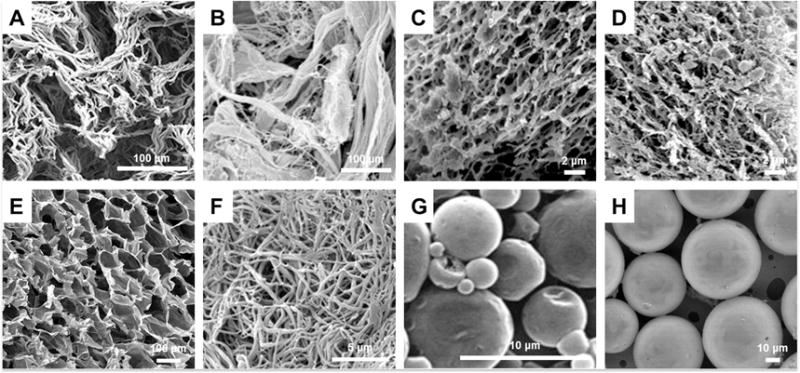Figure 4. Structures of biomaterials for MI and PAD applications.

Biomaterial structures dictate important parameters including degradation and controlled release of therapeutics. The architecture, shown by scanning electron micrographs, varies among hydrogels, such as (A) keratin, (B) porcine-derived skeletal muscle ECM, (C) porcine-derived pericardial ECM, (D) collagen, (E) alginate, or (F) fibrin. Additionally, hydrogel architecture differs from particles like (G) poly(lactic-co-glycolic acid) microparticles or (H) acetalated dextran microparticles. Reproduced with permission from (49,55,61,88,91–93):
Freeman I, Cohen S. The influence of the sequential delivery of angiogenic factors from affinity-binding alginate scaffolds on vascularization. Biomaterials 2009;30:2122–31.
Seif-Naraghi SB, Horn D, Schup-Magoffin PJ, Christman KL. Injectable extracellular matrix derived hydrogel provides a platform for enhanced retention and delivery of a heparin-binding growth factor. Acta Biomaterialia 2012;8:3695–3703.
DeQuach JA, Lin JE, Cam C et al. Injectable skeletal muscle matrix hydrogel promotes neovascularization and muscle cell infiltration in a hindlimb ischemia model. Eur Cell Mater 2012;23:400–12; discussion 412.
Suarez S, Grover GN, Braden RL, Christman KL, Almutairi A. Tunable protein release from acetalated dextran microparticles: a platform for delivery of protein therapeutics to the heart post-MI. Biomacromolecules 2013;14:3927–35.
Losi P, Briganti E, Magera A et al. Tissue response to poly(ether)urethane-polydimethylsiloxane-fibrin composite scaffolds for controlled delivery of pro-angiogenic growth factors. Biomaterials 2010;31:5336–5344.
Formiga FR, Pelacho B, Garbayo E et al. Controlled delivery of fibroblast growth factor-1 and neuregulin-1 from biodegradable microparticles promotes cardiac repair in a rat myocardial infarction model through activation of endogenous regeneration. J Control Release 2014;173:132–9.
Shen D, Wang X, Zhang L et al. The amelioration of cardiac dysfunction after myocardial infarction by the injection of keratin biomaterials derived from human hair. Biomaterials 2011;32:9290–9299.
